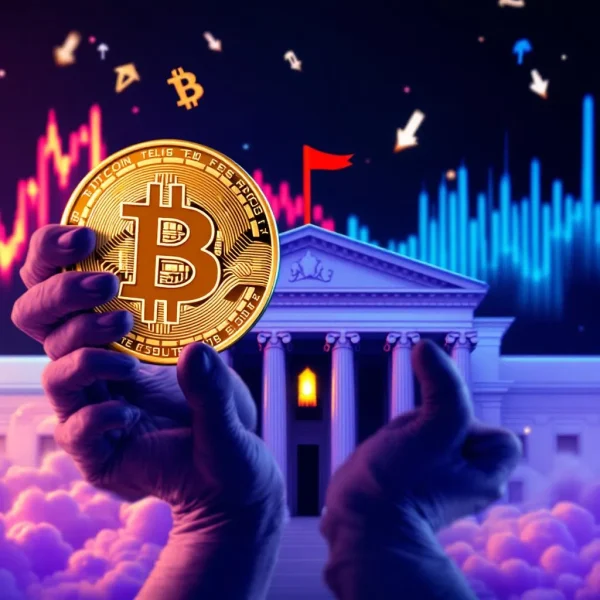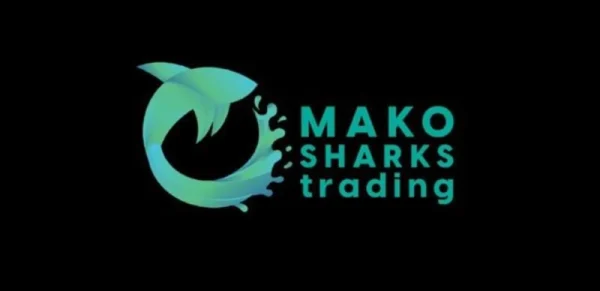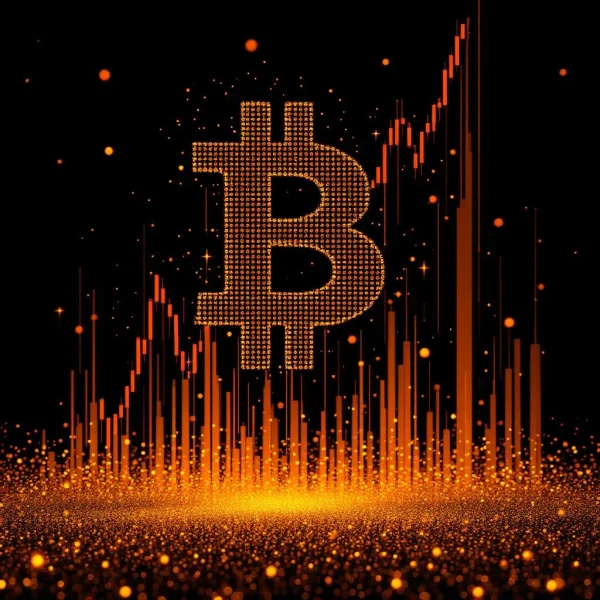Solana Price SOL








Statistics
| Volume | 2030650399.18 |
| Marketcap | 74092731889.63 |
| Avail. Supply | 561900194.67 |
| Total Supply | 616036346.56 |

Current Price & Volume
The live price of SOL is $131.86 USD with a current 24-hour trading volume of $2030650399.18 USD. SOL to USD price is updated in real-time.
SOL Historical Price
Tracking Solana's price history tells us how people feel about it and how it has performed in the market.
2020-2021
Solana's main testing network called a “mainnet beta,” started in March 2020. Its type of cryptocurrency, SOL, first had a price of about $0.75. In 2020 and 2021, the cryptocurrency market did very well and helped SOL's price a lot.
By the end of August 2021, SOL's price increased to more than $70. This big increase happened because many people were excited about using Solana for DeFi (Decentralized Finance).
2021
In November 2021, Solana's price hit its ATH at around $260. This happened when the whole cryptocurrency market was doing really well, or in other words – in the “bull market”. Solana became popular for NFTs because it was cheaper and faster to use than Ethereum.
2022
After reaching its highest value, SOL saw a big drop. Like other digital currencies, it fell sharply in value by the end of 2022, when it was worth $10. Several things caused this fall.
It happened mostly because of the Terra Luna crash in May 2022 and the FTX fall in November of the same year.
A bull market is when prices of securities are rising or are expected to rise, marked by optimism and confidence among investors. In contrast, a bear market occurs when prices are falling or expected to drop, typically by 20% or more, reflecting widespread pessimism and a weaker economic outlook.
2023-2024
Since January 1, 2023, the price of SOL has risen from $10 to $100. By mid-March 2024, it reached $200, demonstrating the best growth performance among the top 20 cryptocurrencies.
2024
Speculation suggests introducing a Spot Solana ETF could greatly impact SOL's price. This new ETF could increase the price by increasing investor accessibility and demand.
About Solana
In this section, we analyze a powerful Solana’s system and its unique features in detail.
What is Solana?
Solana is a high-performance blockchain platform that supports decentralized applications (dApps) and cryptocurrencies. It's known for being very fast and handling many transactions simultaneously.
For instance, it can process thousands of transactions in just one second. This is much faster than older blockchains like Bitcoin and Ethereum. Bitcoin can
handle about 7 transactions per second, and Ethereum – about 30.
Solana's speed is impressive because it doesn't need extra layers or big updates to work this fast. Ethereum is working on a big update called Ethereum 2.0, but Solana doesn't need something like that to be quick.
SOL is the main type of currency used on the Solana blockchain. It has several functions, like paying for transactions and being used for staking. When you stake your SOL, you help keep the network safe. This makes sure everyone agrees on the transactions.
Who Founded Solana?
Anatoly Yakovenko started Solana in 2017. Before that, he worked at big companies like Qualcomm and Dropbox. There, he was an expert in making files smaller so they could move faster over the internet.
Anatoly knows a lot about systems that are spread across many computers. This knowledge helped him think of Solana. His goal was to make a new kind of digital record-keeping system. He wanted it to be as fast as the systems that credit card companies like Visa use.
How Does Solana Work?
Solana has several special features that make it work so well. Each of these parts helps Solana handle lots of transactions very quickly:
Proof of History (PoH)
Proof of History (PoH) is a new way to keep track of events on a blockchain, created by Solana Labs in 2018. It uses a string of math problems, called hashes, which are solved one after the other. This creates a record that shows the order of transactions and blocks.
With PoH, a blockchain can handle many transactions quickly and with short wait times. It's also safe and doesn't rely on just a few computers to keep it running.
PoH is different because it records the time and order of transactions without needing these energy-heavy calculations. It's not only quicker but also doesn't use as much electricity. That's good for the planet.
Smart Contracts
Solana is a platform that allows for smart contracts. These are special kinds of contracts that run themselves because the rules are built into the code. This feature lets people make many decentralized applications. These apps can be anything from games to tools that help with money matters.
Solana Ecosystem
More and more projects are choosing to build on the Solana blockchain. These projects include apps for decentralized finance, non-fungible tokens (NFTs), online marketplaces for trading without a middleman (DEXs), and other new ideas using blockchain.
For example, in DeFi (decentralized finance), you can borrow, lend, or invest your digital money without going through a bank. With NFTs, you can own a unique digital asset representing ownership of a specific item.
Sealevel
Solana has a new system for smart contracts called Sealevel. It allows many smart contracts to run at the same time. This makes the blockchain work faster and handles more transactions.
Tower BFT
Solana has its special version of Byzantine Fault Tolerance, called Tower BFT. It's designed to keep the network safe and help it run quickly. Tower BFT works together with another feature called Proof of History.
It keeps the network secure and helps prevent failures even if some parts of the network can't be trusted.
BTF makes sure the network can handle a lot of transactions quickly.
Proof of History is a way to keep track of time on the blockchain. It's like a clock that helps Tower BFT work better.
Wormhole
The Wormhole feature is like a two-way bridge. So, you can send stuff both to and from Solana. It's really useful for people who use different blockchains and want to share things between them.
So, if you have assets on a different blockchain and you want to use them on Solana, you can do that. The Wormhole helps make everything work together smoothly.
What is SOL Used For?
SOL has several important roles:
Transaction Fees
SOL is used to pay to send transactions on the Solana network. The transaction cost remains very low, especially when compared to other networks.
Staking
Holding SOL tokens lets you stake them to help the Solana network. In return, you get rewards, often more SOL tokens. This is part of Solana's proof-of-stake system. In this system, validators are chosen to make new blocks and check transactions. How much SOL they stake affects their chances of being chosen.
Decentralized Finance
SOL plays many roles in DeFi. It can act as a safety deposit for when you borrow money. You can also use it to buy and sell things. Plus, it helps to make sure there's always money available in DeFi systems.
NFT Marketplace
Solana has become a popular blockchain for NFTs due to its low transaction costs and high throughput. SOL is used to buy, sell, and mint NFTs on Solana-based marketplaces.
Dapp Interaction
Developers create apps on the Solana blockchain that are not controlled by any single entity. These apps can be for things like playing games, managing money, or social media. Solana's own currency is usually needed to do things within these apps.
Liquidity Pools
People can use their SOL to help others trade different tokens. They do this by putting it into a liquidity pool, which is like a big digital pot where everyone can add their tokens. This pool makes it easier for everyone to buy and sell different kinds of tokens without waiting for someone else who wants to trade at the same time.
Is Solana Safe?
Solana is a blockchain network that is secure in many ways. It uses new ideas and designs to keep the network safe. Even though no system is safe from dangers, Solana works hard to lower risks.
Solana Markets
Solana is popular with investors, developers, and everyday users. It is used in many different ways:
Cryptocurrency Exchanges
Solana's coin is on many top crypto exchanges like Binance and Coinbase. People can buy, sell, or trade SOL on these sites.
Decentralized Finance
Solana has many DeFi apps for trading, loans, and earning extra money. For example, Serum is a DeFi app built on Solana that makes trading fast and cheap. Solana can handle many transactions quickly, which is great for DeFi apps.
Non-Fungible Tokens
Because Solana is fast and has low fees, it's good for NFTs. There are places like Solanart where you can buy and sell NFTs using Solana.
Staking and Earning Money
You can also make money with Solana by staking your SOL coins. This means you let the network use your coins to help run things. In return, you get rewards. This is part of how Solana's system works and it lets people earn money just by holding SOL.
Big Companies Use Solana
Not just regular people but also big companies are starting to use Solana. They use it for things like games and financial services. This is important because it helps Solana grow and stay strong in the market.
Solana vs. Ethereum
Solana is often called an Ethereum killer. So, we can compare them in simple terms:
| Feature | Ethereum | Solana |
| Transactions per second | 20-30 | Around 1500 |
| Transaction cost | Expensive (variable) | Very cheap (fraction of a cent) |
| Smart contract language | Solidity | Rust/C |
| Consensus Mechanism | Proof of Stake | Proof of Stake |
| Decentralization | More widespread | Less widespread (some security concerns) |
| Developer/user support | Large, established community | Growing fast |
| Market position | Well-established, valuable | Newer, gaining traction for speed and cost |
How Fast They Work
Solana and Ethereum handle transactions at different speeds. Ethereum is getting faster with a new update, but it currently does about 30 transactions every second. Solana, with its unique system, can do up to 1500 TPS transactions at the same time.
Costs for Transactions
When it comes to how much you pay for transactions, Ethereum is more expensive, especially when many people use it. Solana, in contrast, charges very little, often just a small part of a cent for each transaction.
Creating Smart Contracts
Ethereum uses a special language called Solidity for these, which many developers know. Solana programs are typically written in the Rust language, but C/C++ are also supported.
How They Agree on Transactions
Ethereum is moving to a more eco-friendly system that can handle more transactions. Solana uses a mix of two systems to be super quick. Its method also lets it organize transactions faster.
How Spread Out and Secure They Are
Ethereum is seen as more spread out because it has more computers in its network, which can make it safer. Solana has fewer computers and has had some issues before, making some people worry about how widespread and safe it is.
Support from Developers and Users
Ethereum has a big community with many apps and support for people making new things. It's also big in DeFi and NFTs. Solana is newer but is growing fast because it's quick and cheap to use.
How to Buy Solana?
To buy Solana, you need to follow a few steps:
- First, choose a place to buy it. This can be an online exchange or a trading app. Next, you'll create an account with that service. They may ask for some personal details to set up your account.
- Once your account is ready, you'll add money to it. You can often do this with a bank transfer or a credit card. With money in your account, you're set to buy Solana. You'll find SOL on the platform, decide how much to buy, and make your purchase.
- Remember to keep your Solana safe. Many people use a digital wallet for this. It's like a secure online safe for your SOL. After buying, you can transfer your Solana to your wallet for safekeeping.
How To Stake Solana?
You can stake Solana on cryptocurrency exchange platforms or using a crypto wallet. Talking about the former option, you need a compatible wallet that supports staking. There are several wallets available for Solana, including:
Phantom Wallet is a popular and user-friendly option with a built-in staking feature.
SolFlare Wallet is designed specifically for Solana. It offers staking directly from the wallet interface.
Ledger Nano X/S is a hardware wallet that provides additional security for your SOL tokens.
Further, follow these steps:
- Select a Validator
When you stake your cryptocurrency, picking a good validator is important. Validators run the computers that keep the network safe, and how well they do their job can change how much you earn from staking.
Validators take a cut of your earnings for their work. This fee is a small part of your rewards. You should choose validators that are almost always online. This means they're doing their job well and helping the network make decisions.
To pick a good validator, look at how they've done in the past. You can find this information on websites like Solana Beach and Staking Facilities. These sites give you details on many validators, so you can choose wisely.
- Stake Your SOL
Once you’ve chosen a validator, you can stake your SOL directly from your wallet. Here’s how to do it in general:
In your wallet, find the staking or delegation section.
Choose the validator you have previously vetted and decided upon.
Enter the amount of SOL you wish to stake. Confirm all details and complete the delegation process.
Remember, each wallet may have slightly different steps for staking, so refer to your wallet instructions.
- Monitor and Manage Your Stake
Always check how much you are earning in staking rewards. Rewards can typically be seen in your wallet or through blockchain explorers dedicated to Solana.
If you are not happy with your validator’s performance or there are better opportunities, you can re-delegate your tokens to another validator.
4. Unstaking
If you decide to unstake your SOL, be aware that there is an unstaking period during which your tokens will not be liquid.
For Solana, this period is up to two days. After initiating an unstake request, your SOL will be locked during this time before it becomes available in your wallet again.
SOL Investment Risks
These are the main issues that come with investing in Solana:
Market Swings
Crypto prices can change a lot, and SOL is no different. Prices can go up or down quickly because of how people feel about the market, news about rules, new tech, or big economic changes. This can mean you could make or lose a lot of money fast. Be ready for prices to move a lot and suddenly.
Network Problems
Solana has had times when its network slowed down or stopped because it was dealing with too many transactions or updates. These problems are usually fixed fast, but they show that Solana's network could have weak spots.
Rules and Laws
Rules for cryptocurrencies are still being worked out around the world. New rules can really change how the crypto market works, including how you trade and stake your coins or use apps built on blockchain. If the rules get tougher or if there are legal issues, SOL's value and use could go down.
Competition
Many platforms are trying to be the top choice for developers and businesses. Ethereum, Binance Smart Chain, Cardano, and others keep getting better. If they can handle more users or get more people to use them, they might outdo Solana's benefits or take away its users.
Ecosystem Growth
Solana's success depends on its ecosystem growing and staying strong. The platform needs to keep getting developers to make new and exciting apps to bring in users. If it doesn't, there might be less demand for SOL, which could lower its price and importance.
FAQ About Solana (SOL)
What is Solana?
Solana is a high-performance blockchain platform designed to support decentralized applications and cryptocurrencies.
Who founded Solana?
Solana was founded by Anatoly Yakovenko in 2017.
What makes Solana different from other blockchains?
Solana has incredibly fast processing speed. It handles thousands of transactions per second without additional layers or major updates.
What makes Solana different from other blockchains?
Solana has incredibly fast processing speed. It handles thousands of transactions per second without additional layers or major updates.
What is SOL?
SOL is the native cryptocurrency of the Solana blockchain, used for transaction fees and staking for network security.
How does Solana achieve its high speeds?
Solana uses a unique consensus mechanism called Proof of History (PoH), which helps to quickly order and verify transactions.
Can I build decentralized applications (dApps) on Solana?
Yes, Solana supports smart contracts, which allows developers to build decentralized applications on its platform.
What are some popular dApps on Solana?
Some popular dApps include Serum, a decentralized exchange; Raydium, a liquidity provider; and Audius, a decentralized music streaming service.
How can I buy SOL?
You can purchase SOL on various cryptocurrency exchanges such as Binance, Coinbase, and Kraken.
What is staking in Solana?
Staking in Solana involves locking up SOL tokens to support network operations and security. In return you earn passive rewards.
What is the future for Solana?
Solana is working to grow by adding more decentralized apps, or dApps. It's also focusing on making its network more reliable. Plus, it wants more people and industries to start using Solana.